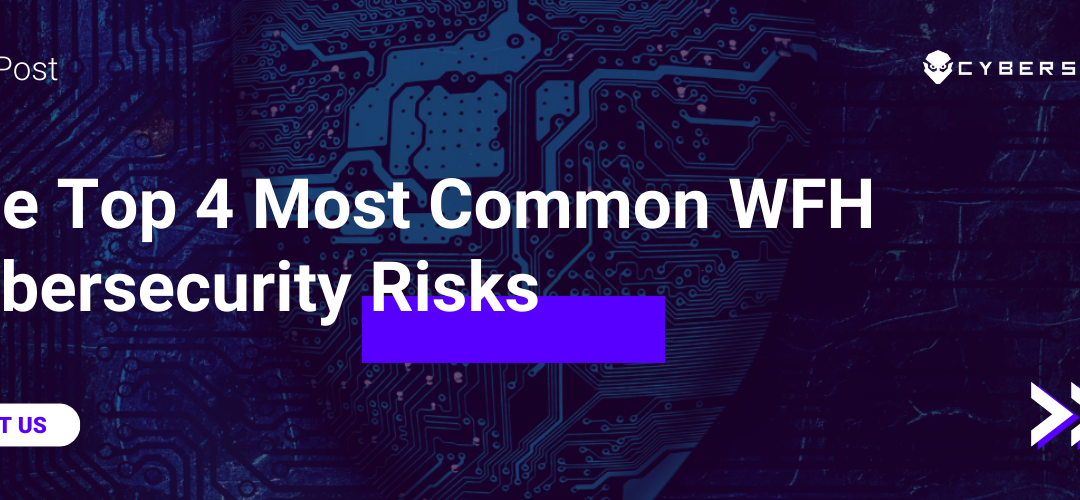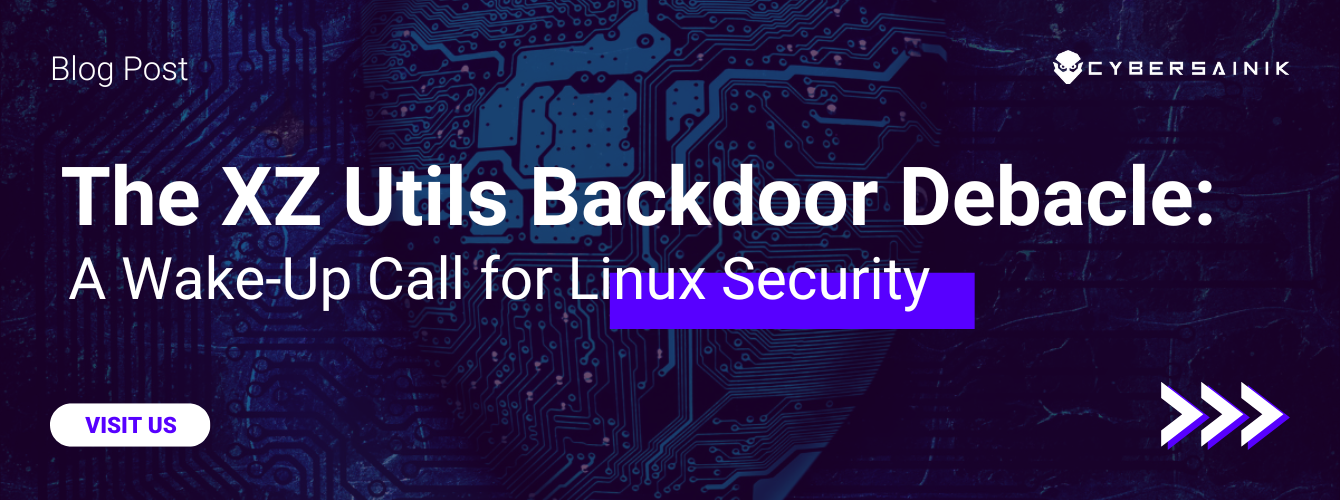Even before the COVID-19 pandemic began, there had been a trend toward telecommuting, but the emergence of the virus kicked the movement into high gear. With crowded offices deemed unsafe, millions of workers were sent home, and now that the dust has settled, many of them would prefer to stay right where they are.
If your workers are happy telecommuters, they are already reveling in the freedom that working from home can provide, but if you want to retain that status, you will need to avoid some of the most common pitfalls. Here are tips for making your workers’ telecommuting experience a positive and professional one.
What Causes Cybersecurity Attacks On Remote Workers?
- Using personal computers for work. Many workers share files between work and personal computers when working from home, which is a worrying practice.
- Accessing company data using unsecured internet connections. Your employees might use public Wi-Fi at the airport or home without realizing it’s not secure, which could put your company’s information at risk of being hacked.
- Weak passwords that are easy to guess. If you have an old password on file with a new one added every year, hackers can easily find out what they need to get into your account using brute force attacks—trying all possible combinations until they hit on the right one—or by guessing based on personal details like birthdays and names of family members or pets if you share them publicly online.
- Sharing files that aren’t encrypted. This is one of the most common mistakes people make when it comes to cyber security. If you share a file with someone and don’t use encryption, anyone who gets their hands on your email will be able to view anything in there—including sensitive company information!
What Are The Most Common Cybersecurity Attacks On Remote Workers?
How do you spot a targeted telecommuter scam? What can businesses and individual workers do to protect themselves and safeguard the proprietary information flowing through their networks and cloud accounts? Here are some of the biggest emerging threats.
Ransomware
Ransomware is malware that encrypts all files on your computer, making them inaccessible until you pay a ransom (usually in Crypto) to unlock them. If left unencrypted, this could be devastating for businesses that use their computers daily but don’t have offsite backups available to restore their data when infected by ransomware.
Targeted Phishing attacks
Phishing emails ask recipients to share sensitive information such as passwords or credit card numbers in an attempt to steal personal information from unsuspecting victims; these emails often look legitimate, which makes it harder for users to know what is real versus fake when responding with personal information.
DDoS (Distributed Denial of Service) attacks
A Distributed Denial Of Service attack occurs when multiple systems flood target servers with requests so fast that the server cannot handle all incoming traffic and crashes under pressure causing downtime across entire networks or parts thereof depending on severity level reached.
Fake Tech Support Scams
Those new to telecommuting may need a lot of tech support, at least until they get up to speed. Scammers know that, and they are increasingly targeting this army of new remote workers to steal money and compromise the security of internal networks.
These fake tech support scams take many forms, but one of the oldest is the unsolicited popup. Telecommuters are happily working away when a legitimate-looking notice pops up on their screens. This notice typically directs the victims to a website or phone number, and once they respond, the requests for payment and personal information begin.
How to Reduce Cybersecurity Attacks on Remote Workers
To reduce cybersecurity attacks on remote workers, consider the following:
- Create security policy policies and procedures to ensure all employees are familiar with the company’s information security standards.
- Require regular password changes. Having a complex password is important, but so is making sure those credentials are updated on a regular basis. With so many passwords already on the dark web, the longer a set of credentials stays active, the more it is at risk.
- Ensure employees immediately report any suspicious incidents to their supervisor or manager.
- Provide security resources to employees, such as phishing simulation tools, training videos, and other educational materials that address common cyber threats.
- Conduct regular cyber security audits. You will not know how well (or poorly) you are doing in your cyber security efforts until you check, so schedule regular security audits to keep tabs on your workers, your systems, and other parts of your cyber defenses.
The Need for Managed Service Provider
With the increasing popularity of remote and hybrid work, it’s important to be aware of the different types of cybersecurity attacks that could affect your team. Keeping your remote workforce safe at all times is a full-time job for businesses. Outsourcing Remote workers’ security to a managed IT service provider is a great way to boost cybersecurity for your business while saving your team a lot of hard work. At Cyber Sainik, we can handle all aspects of Remote work and network security, and we are always available if you ever need any help. Contact us to get started.




